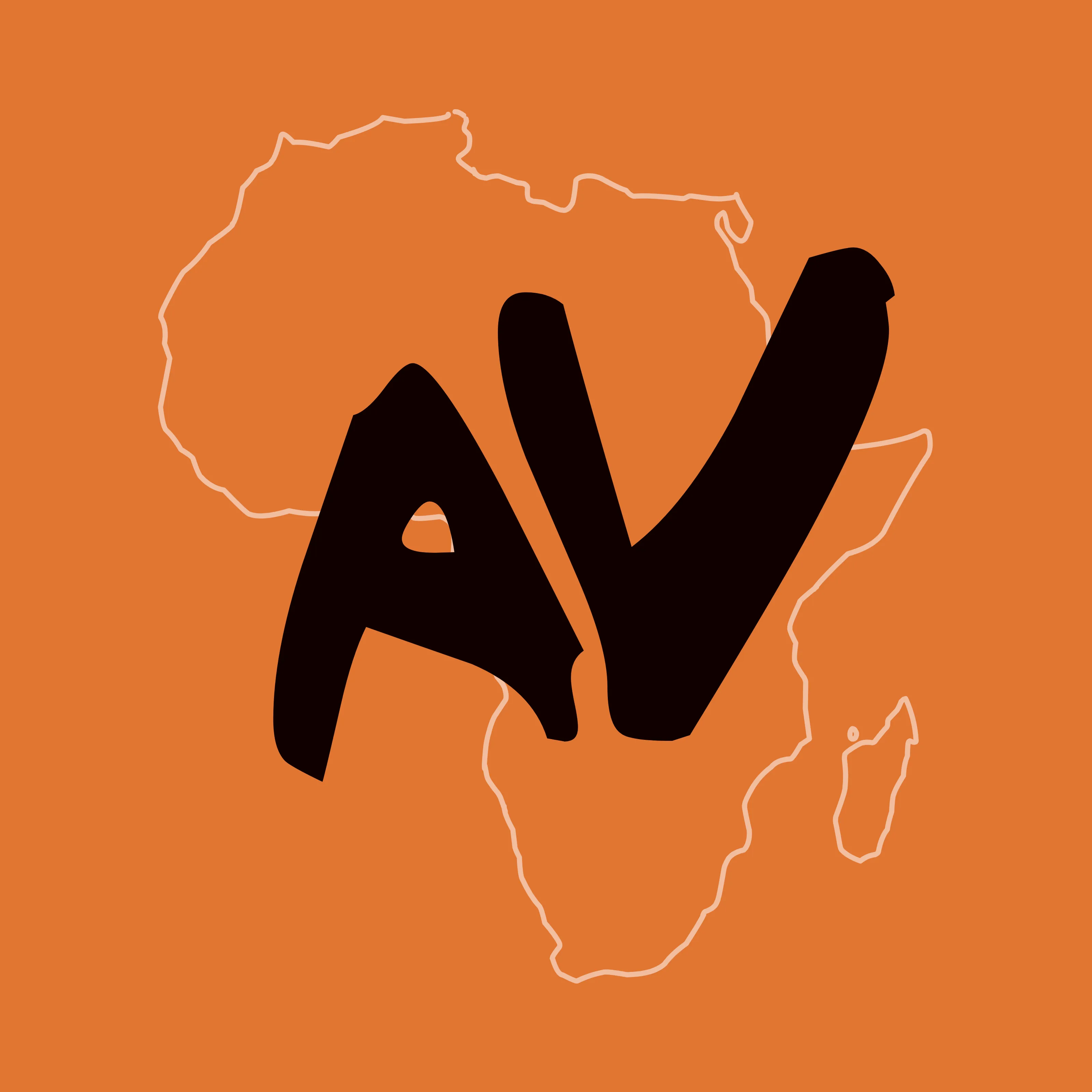Dive into the world of Eskista Ethiopian traditional dance #africa #africandance #africandiaspora
Eskista is a traditional Ethiopian dance that's rich in cultural significance and symbolism. It is performed across many regions in the country, but its origins are believed to lie in the northern parts of Ethiopia. Here are some important facts about Eskista: Eskista, the Body Language: Eskista is a dance that primarily involves the movement of the neck, shoulders, chest, and sometimes the hips. Unlike many Western dance forms that focus on the lower body, Eskista is all about upper body movements. Roots in Everyday Life: The dance is believed to mimic various everyday activities and elements from life in Ethiopia, from agricultural tasks to elements of nature. Some movements, for example, might mimic the swaying of wheat in the wind. Solo and Group Dance: Eskista can be performed as a solo dance, or by groups of people together. When performed in groups, it often becomes a sort of competition where individuals take turns to show off their skills. A Dance for All: The dance is not limited to any particular age or gender. Children often learn it at a young age, and both men and women participate in Eskista dancing. A Mark of Celebrations: Eskista is performed during social gatherings, cultural celebrations, weddings, and holidays. It is often accompanied by traditional Ethiopian music played on instruments like the "masinko" (a one-stringed violin) and "krar" (a six-stringed lyre). Traditional Attire: Dancers usually wear traditional Ethiopian clothing when performing Eskista. Women often wear white dresses adorned with colorful woven borders called "habesha kemis". Men may wear a "gabi", a white cotton cloak, or "netela", a lighter, scarf-like version. Evolving with Time: While the dance maintains its traditional essence, contemporary Eskista performers sometimes blend the traditional moves with modern dance elements. This amalgamation has popularized Eskista even more among younger generations. International Recognition: The dance form has received international recognition and is performed around the world, especially by Ethiopian diaspora communities. It has been featured in various cultural festivals, movies, and music videos, showcasing the rich and vibrant culture of Ethiopia. Training and Competitions: Today, there are many cultural institutions and dance schools that teach Eskista. There are also numerous competitions, both within Ethiopia and abroad, where dancers compete to show off their skills and keep this traditional dance alive.

